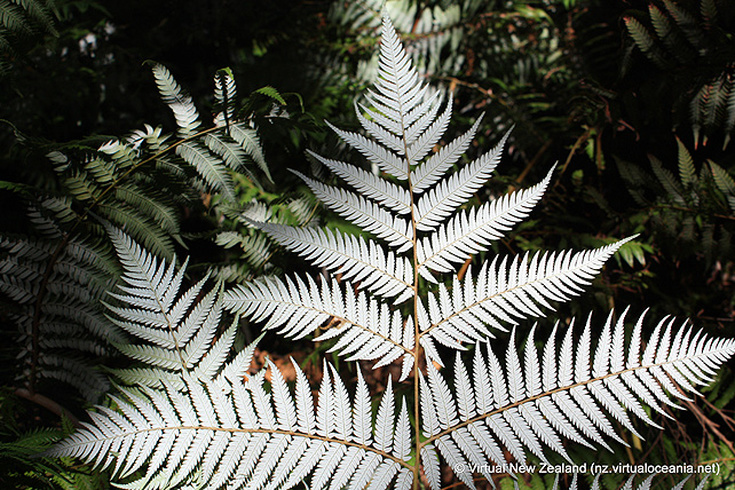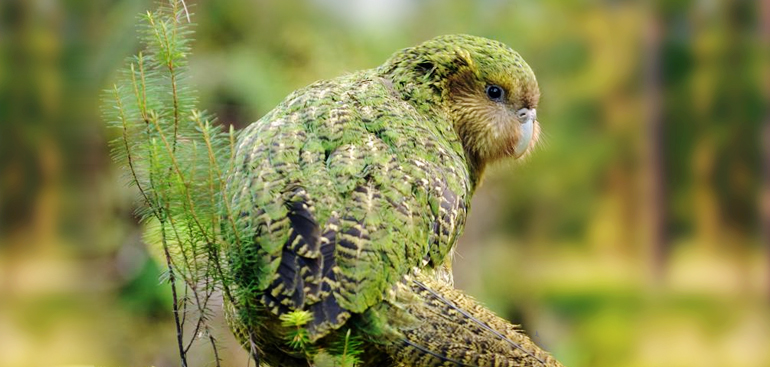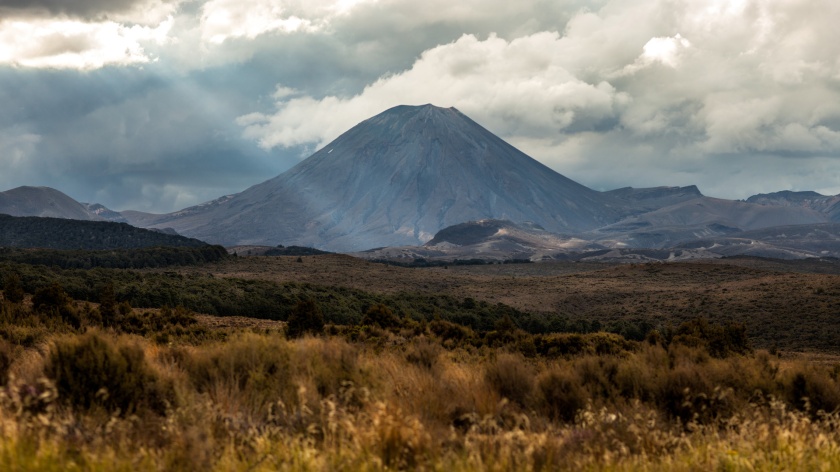The silver fern is a plant native and unique to New Zealand, and stands as a proud symbol of the islands and their inhabitants. It’s treasured by the Maori people, for whom it represents strength and guidance. The white or silver undersides of the leaves are so bright that they catch and reflect the moonlight, allowing Maori hunters to bend branches to illuminate a path for themselves back through the bush at night. I’m looking forward to exploring the bush of New Zealand myself, and I can’t wait to see the silver ferns lighting my way during night hikes.

The same word in Maori can refer to a chief or a frond of the fern. The Maori phrase “Mate atu he tetekura, Ara mai he tetekura,” translates to either “As one chief dies, another rises to take their place,” or “As one frond withers and dies, another rises to take its place,” depending on the context. The silver fern has been worn as a logo by the national rugby teams since 1888, and has adorned the uniforms of the New Zealand military since 1898. It also marks the headstones of fallen soldiers. All of this significance has made the “silver fern flag” a popular alternative to their official flag, which features the mark of the British commonwealth and an unmistakable resemblance to that of Australia.

The symbol of the silver fern holds deep meaning to the people of New Zealand and connects them to their homeland. Ferns are ancient and hardy plants, making them a good representative of the proud people of New Zealand and their rich history. As the silver fern is a meaningful part of Maori culture and grows only on the islands of New Zealand, I cannot imagine a more honest and powerful symbol for the nation.







